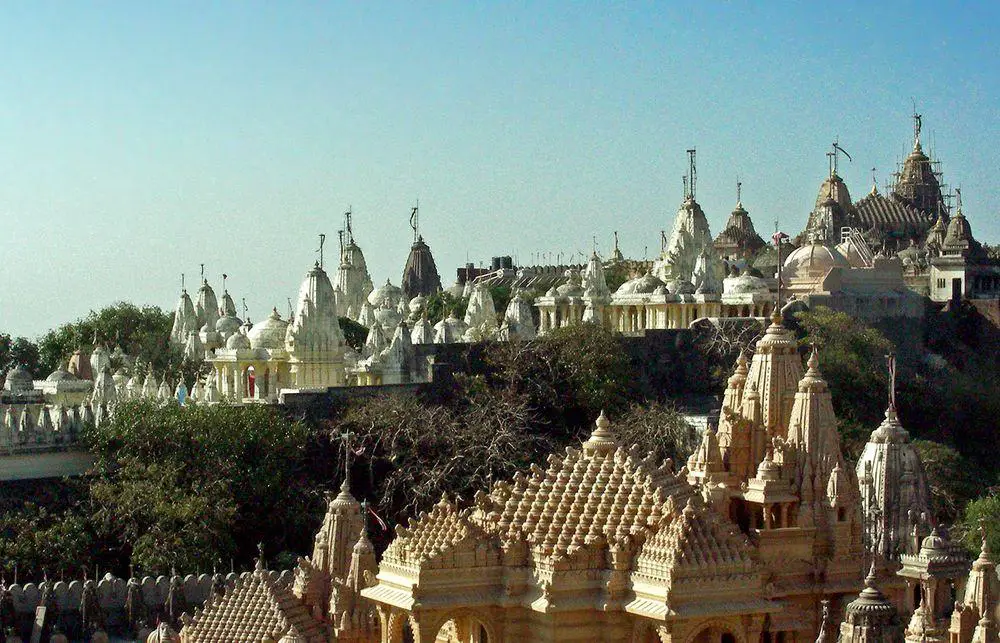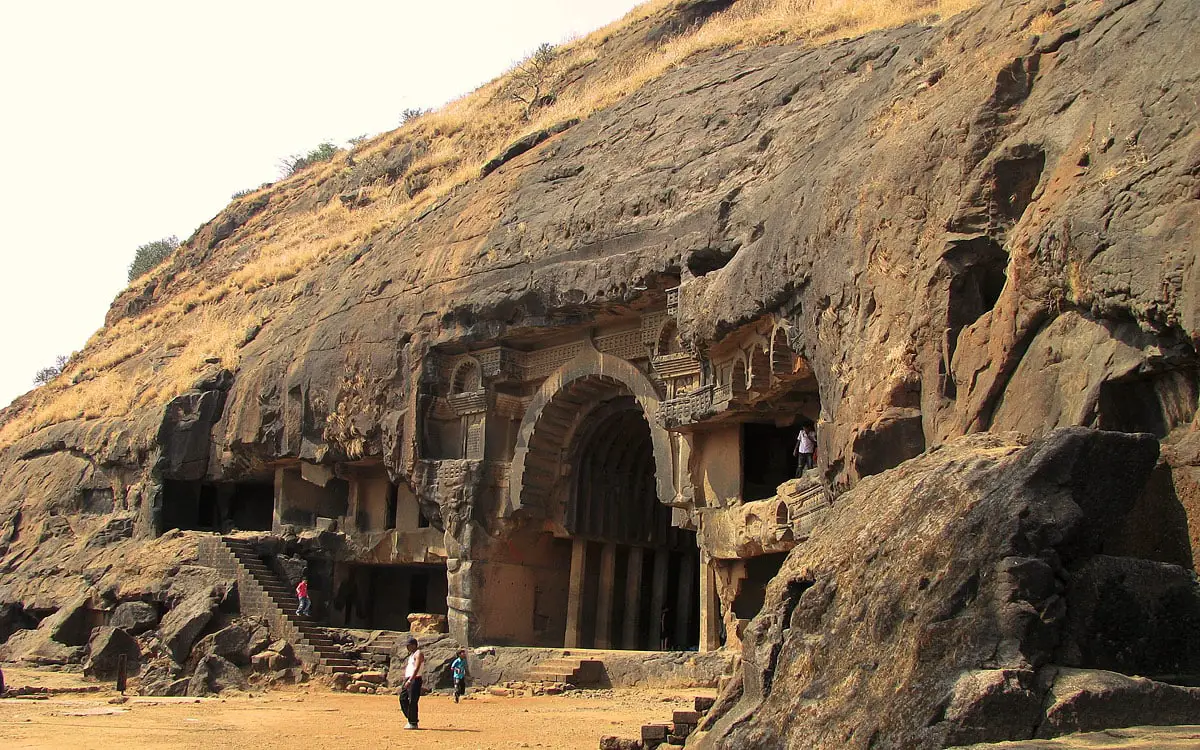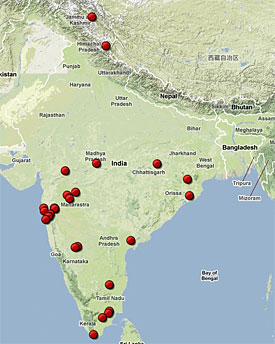World 🢖 Asia 🢖 India 🢖 Tamil Nadu
Jain shrines 🢔 Religious architecture 🢔 Architectural wonders 🢔 Categories of wonders
Wonder
Armamalai Cave
 In short
In short
The beautiful paintings of Armamalai Cave were brought to the knowledge of Western researchers comparatively recently – in the late 1960s – early 1970s.
 42.3%
42.3%
GPS coordinates
Location, address
Age
Religion
Map of the site
If you see this after your page is loaded completely, leafletJS files are missing.
 In detail
In detail
This comparatively large cave is divided into three parts with walls of mud and adobe, turning it into a complex of three shrines – trikūta. Earlier this structure had paintings in the so-called “Northern Technique” – similar technique has been used also in Bagh Caves. First, on the bricks, there was laid a thick layer of mud and then it was covered with lime. The material was bound by animal gum. The light surface of lime was suitable to make colorful paintings. Unfortunately, these paintings have not been preserved up to this day. But the fact that this method has been used in Southern India testifies that it might have been used in other structures of this region as well. It is also quite possible that guilds of artists were moving around medieval India, influencing the local traditions.
Happily, the cave had paintings in other techniques as well – in the so-called “Southern technique”. These paintings have been preserved a lot better. The ceiling and walls of the cave are covered with beautiful color paintings depicting the stories of Jainism. These paintings are similar to murals in the Sittanavasal cave which is located 250 km further to the south. The western part of the ceiling is adorned with floral designs with the lotus as a dominating motive – similar to in Sittanavasal. Paintings show also a standing lady with other people.
The entrance in the cave is facing to the south. The cave floor contains deposits relating to Iron Age, in the valley below there are found remnants related to burials. In the debris of the cave there were found some fragments of sculptures – dvarapalas – guards of the portal, as well as details of lotus carving with Tamil inscription mentioning “Sri Kanaka… a disciple of Nandi Bhatāra.”
Armamalai Cave is an exceptionally valuable and at the same time fragile monument of art and history – thus here is not given the exact address of it.
References
- Nagendra Kr. Singh. Encyclopaedia of Jainism. New Delhi, 2001.
Armamalai Cave is included in the following article:
 Linked articles
Linked articles

Wonders of India
India is the seventh-largest country in the world by area, and, naturally, such a large area contains a huge amount of exciting attractions…
Wondermondo considers that India is the second richest center of architectural heritage in the world after Europe and maybe no single country in the world can match it in this respect.

Jain shrines
Jainism originated in India around 840 BC and is well-known as a religion heralding respect and compassion to all living beings of the world and promoting non-violence and constant spiritual development.
Jain temples belong to the most ornate and impressive buildings in the world. In their construction, there are used stones with intricate, refined carvings.

Rock-cut architecture and sculptures
Rock-cut architecture is a very ancient form of architecture – the oldest structures are more than 5 thousand years old. The resistivity of the natural stone and the constant climate inside these structures has preserved many art values around the world.
 Recommended books
Recommended books
Indian Painting: From Cave Temples to the Colonial Period
From refined portraits of resplendent maharajas to earthy depictions of divine rogues cavorting with milkmaids, Indian miniature paintings depict the world as it should be: radiant, plentiful and passionate. These manuscript illustrations combine vibrant color with exquisite delicacy, offering immediate impact while also rewarding lengthy examination.
History of Tamil Nadu
Tamils have a long history starting from the pre-historic period. Retracing their history is facilitated by various sources. One-third of India’s epigraphical sources pertain to Tamil Nadu and one of the dynasties of Tamil Nadu – the Pandyas – had the privilege of continuous rule from third century B.C. to sixteenth century A.D. It is a unique accomplishment in the annals of history since very few dynasties in the world have reigned for such a long time.



